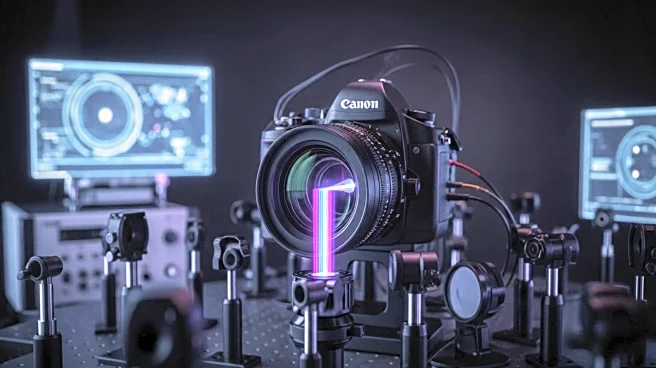What's Happening?
The Nobel Prize in Physics for 2005 was awarded to Roy J. Glauber for his contributions to the quantum theory of optical coherence, and to T. W. Hänsch and John L. Hall for their work in developing laser-based precision spectroscopy, including the creation of the first optical frequency comb. This innovation bridged the fields of radio and optical waves, offering a more compact and accessible platform than previous frequency chains. Glauber's early career included work on the Manhattan Project, where he contributed to calculations on the critical mass of explosives for the atomic bomb.
Why It's Important?
The recognition of these scientific advancements underscores the importance of quantum theory and precision spectroscopy in modern physics. The development of the optical frequency comb has had a profound impact on various fields, including telecommunications, metrology, and fundamental physics research. These technologies enable more precise measurements and have applications in developing new technologies and improving existing ones. The Nobel Prize highlights the significance of these contributions to scientific progress and their potential to drive future innovations.
Beyond the Headlines
The historical context of Glauber's involvement in the Manhattan Project adds a layer of complexity to his scientific legacy. The ethical considerations of scientific research, particularly in the context of military applications, remain a topic of discussion. The advancements in quantum theory and precision spectroscopy also raise questions about the future of technology and its implications for society, including potential applications in quantum computing and secure communications.










